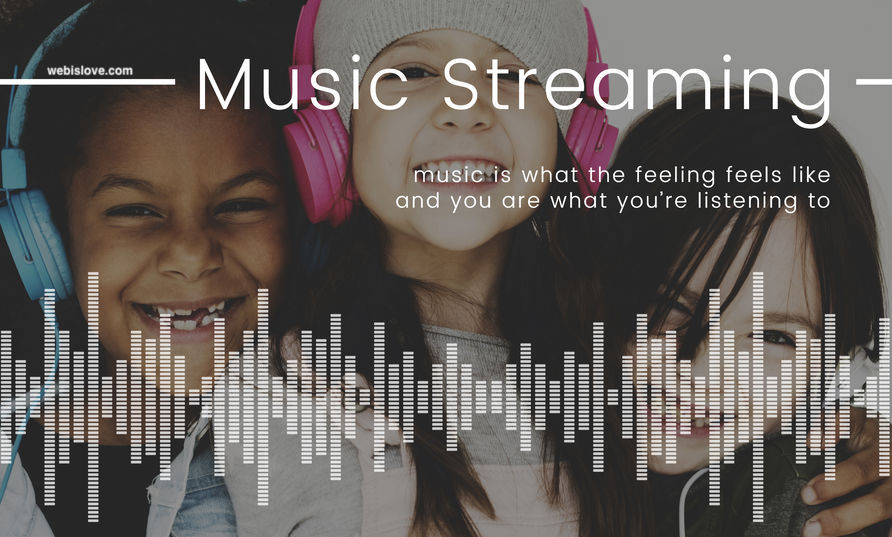
Music has been a staple of life since essentially the dawn of man. While we don’t necessarily use the same primitive instruments, the songs running through our veins are even closer to us now than ever.
Usually thanks to mobile apps, we can listen to music on the go, by only searching and installing our favorite music app.
Music streaming services allow us access to the majority of songs out there! Connected vast libraries of music are now a staple of modern life.
However, with so many choices out there for which platform you can use, it can be very confusing trying to pick the absolute best one.
Well, we have compiled a comprehensive guide of the major eight streaming platforms (music streaming apps) and will try to work out which one is the best to earn your dollar.
The major components we are going to take into account are as follows:
Recognizability of the platform, price, the quality of the free version, additional features, background listening, and music library size.
We believe these qualities are the best measures for determining the best streaming service. There were a lot of other options to judge them by, but these are more or less objective.
These plans can change pretty often, so it’s always important to know what you are buying.
Now with that said let’s get to the list.
#1. Spotify
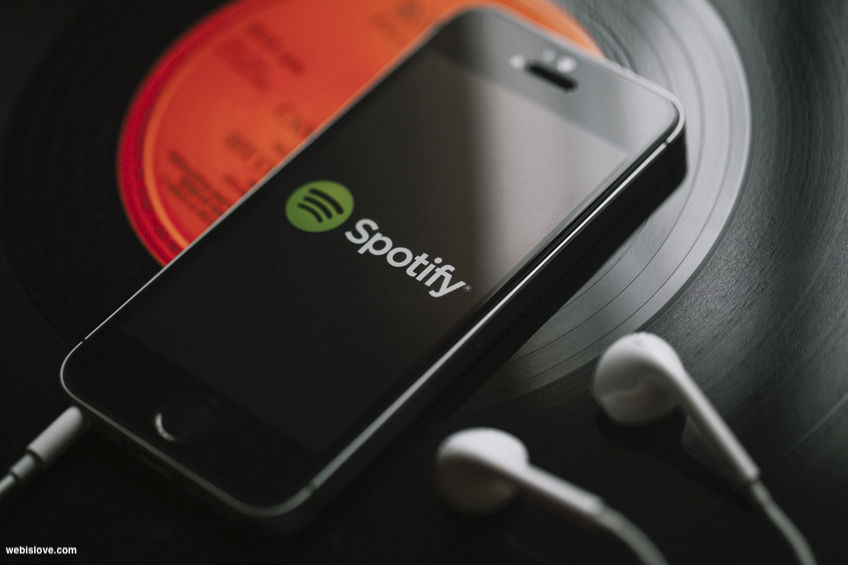
It would be practically a crime to not mention the giant and undisputed leader in streaming services, Spotify.
Spotify immediately takes the cake in our category of recognizability. If you have a premium streaming service it probably is Spotify.
PRICE:
Spotify premium runs the middle-ground of cost. It’s 10$ a month for Spotify premium, and if you are a student, the price is reduced by 50% to 5$ a month.
PROS:
You can still use Spotify without paying the premium price, despite not being allowed to play individual songs, they have relatively good algorithms for suggesting music you like.
CONS:
There are still some other major disadvantages, you have limited skips, interrupting ads, and can not listen offline.
That being said Spotify has arguably the world’s biggest library of songs to choose from. This isn’t exactly the most important feature, because it is likely that the music you are going to listen to is already on all the other platforms in this list.
More niche music isn’t something that everyone listens to. It is more easy to get music approved for Spotify than some of its competitors so it is known to support more indie artists as they grow.
Another feature that works for Spotify is they typically give the option to stream music at slightly higher than platforms like apple music. So if the minor difference in sound quality is a selling point you have your choice.
#2. Pandora
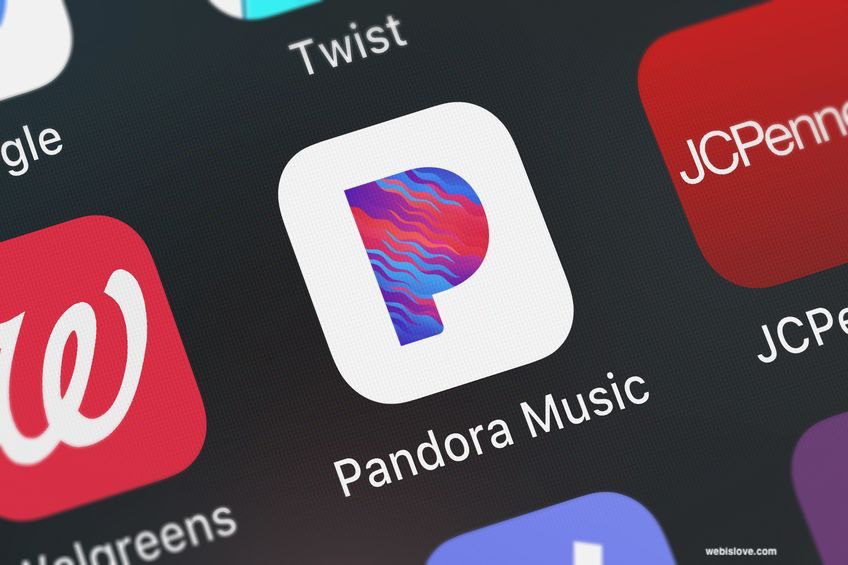
Almost as well known, Pandora is another big choice for streaming. The recognizability and hence integrations for the product are vast, and are likely to be available anywhere that Spotify and Apple music would be.
Price-wise Pandora has some interesting advantages. They have their tiers of pay. At the first tier, you pay nothing and have ads, limited skips, etc, the usual.
The next tier is only 5$ a month, and essentially removes the adds for you. It also gives you unlimited skips.
So if you just need those barebones features you can have them. You cannot play individual songs directly, and are limited to Pandoras algorithmic station creations. At the next tier, all those barriers go away.
This costs the same as Spotify premium, at 10$ a month.
There is a major limitation in the amount of songs that Pandora has on its stations. While other platforms are climbing past 50 million, Pandora only claims around 2 million, impressive but limited.
This means that there will probably be some songs that you’d like to hear that Pandora doesn’t have.
Pandora also has the limitation that there is no desktop site offered. You must listen to it on your other devices.
#3. Apple Music
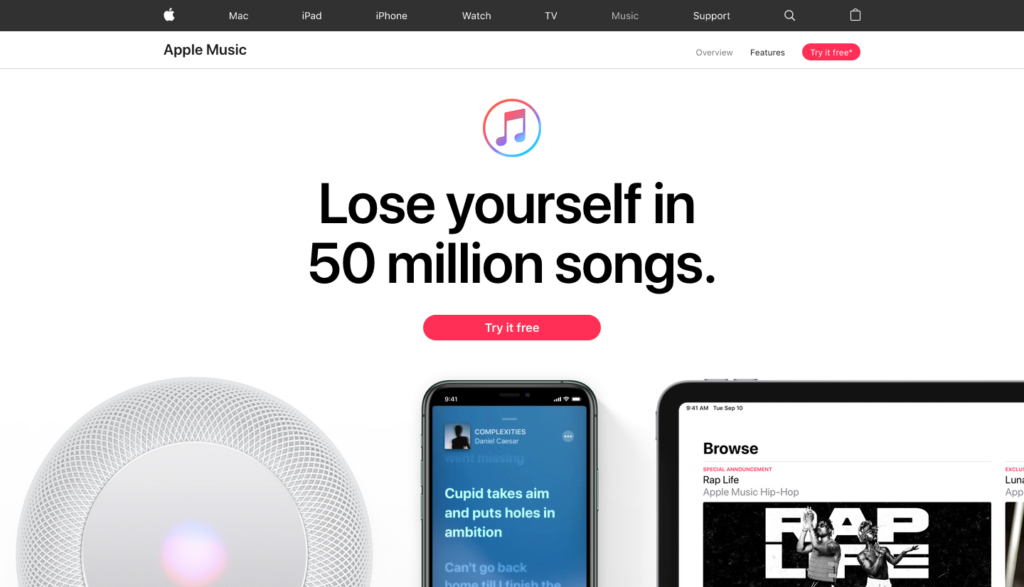
Apple Music is the primary competitor to the likes of Spotify.
Functionally the two apps work very similarly. From the price perspective, they also charge the same for their premium tiers.
There is no huge difference that limits the usability of Apple Music. While it does offer the usual three month trial period, there is no way to listen to Apple Music for free beyond that.
There is no ad-supported free tier of listening. So if you want the feature you are going to have to hand over your money first.
Apple Music does come with a very interesting feature that has Spotify beat. You can upload your own downloaded music to the cloud, and listen to that at any time.
Beyond this, you can even have Apple Music include those songs in their algorithm to find you more music that matches those that you may like.
Apple Music has some interesting advantages, but a lot of them are overlooked by the fact that they offer no free version.
With Apple Music, you will have a lot more direct control over your library. More than the majority of other platforms on this list! As long as you can get past that initial price barrier.
#4. Amazon Prime Music
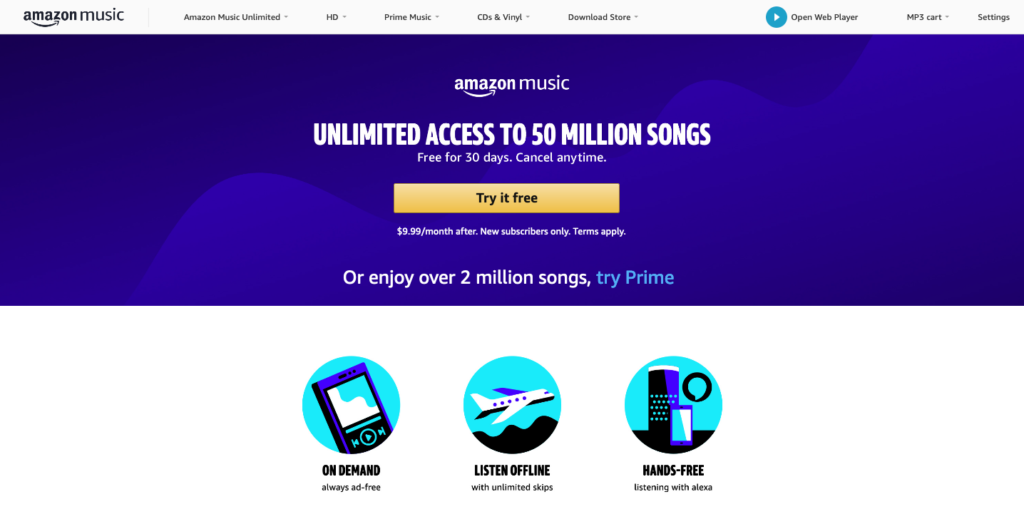
Amazon stepping into the music streaming industry. The web giant obviously is a trustworthy and large service that is likely to stick around.
So there is no fear of that.
There are some major downsides.
This platform is not often used, despite the vast reach of the parent company. Amazon Prime Music has a selection of around 2 million songs, and as they grow they will include more and more songs.
There is a huge benefit to this service as well. It comes included with your amazon prime subscription. It seems that not many know that their prime subscription already comes with this.
Despite this great addition, there is a major downside of not having a free ad-based version.
There are some limitations to the Prime included version. The library size is only 2 million. But if you pay extra into the other tier of pay, it will go up to 50 million.
You will save 20% with your prime membership, with a base price of 8$ a month.
The other features offered are fairly standard, with skips and ad-free listening. If you listen through your Amazon Alex device you will likely want to upgrade as those features are standard in the higher tier of pay.
#5. Google Play Music/Youtube Premium
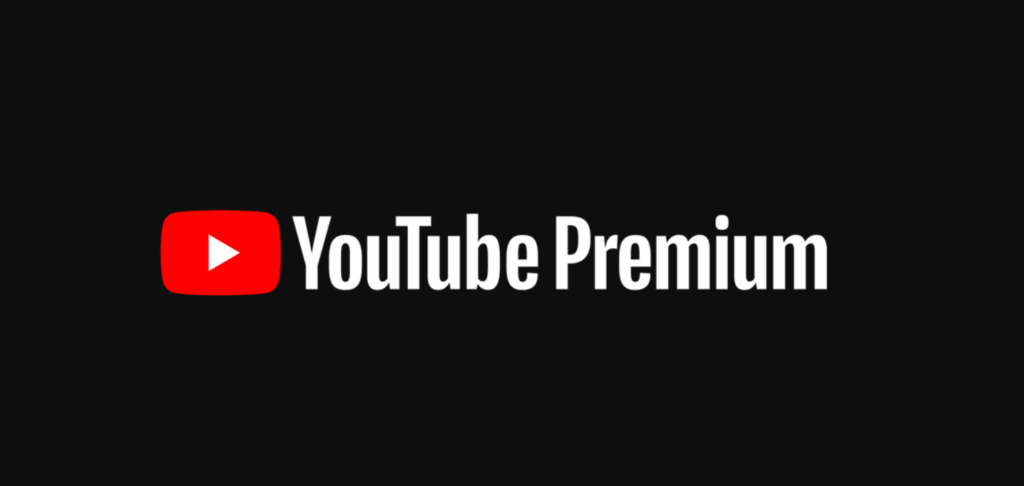
Google Play Music is in a bit of a strange spot right now, in general, and on this list.
Google announced that sometime in the near future google Play music will be shut down, and integrated into Youtube Music (Premium).
A few years ago Google debuted Youtube Music which was linked in some way into Google Play Music?
Trust us, it’s just as confusing as it sounds. Currently, you can pay 10$ a month for Youtube Premium. This included access to both youtube Music and Google Play Music.
They come with the standard features of unlimited skips and no ads. You also get the added bonus of being able to watch/listen to youtube videos in the background, and other premium Youtube features like Youtube Originals, and downloaded videos for offline viewing.
While confusing this service appears to offer a lot more than the competitors. Youtube is a daily essential for most people, so being able to combine their music streaming service with an upgrade of an already useful app is a lucrative idea.
While right now it looks a bit confusing, in the upcoming years expect this service to improve even further, while Google tries to juggle these essentially identical services.
#6. Deezer
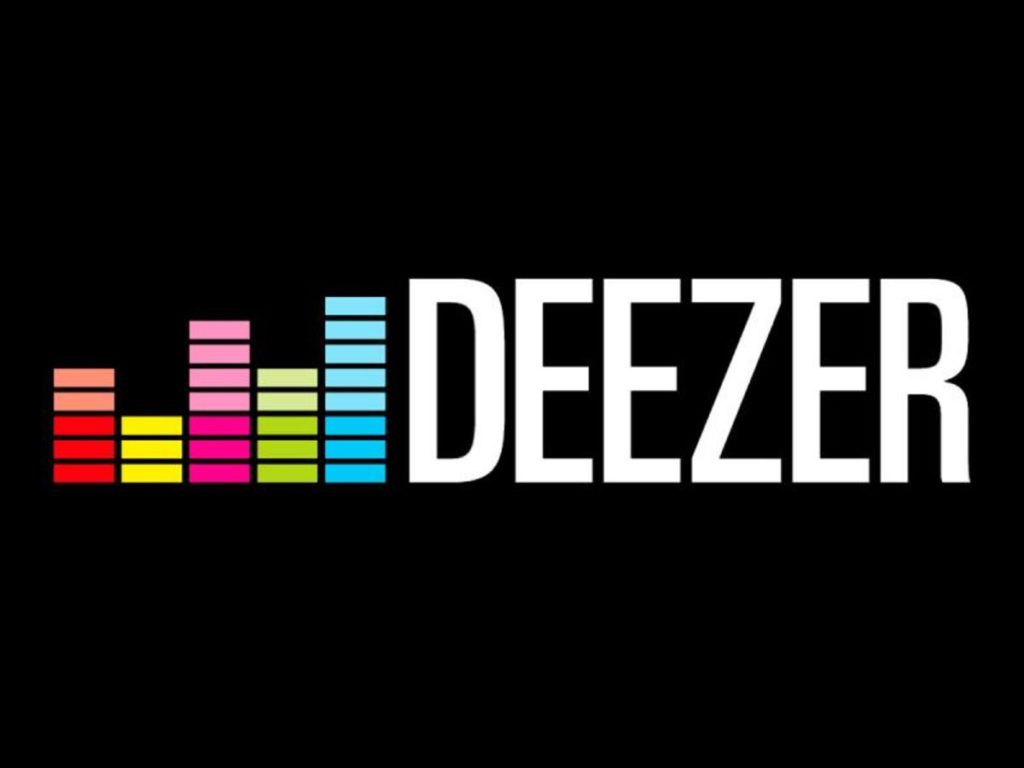
Deezer is a lesser-known French-based streaming service.
For the same price as the big ones, they offer an impressive catalog of songs.
Deezer beats out essentially all of the competition, boasting a massive and impressive 56 million songs in their catalog.
If you want to hear it, they have it. Like most of the other services listed here they have a free version.
This free version is limited to the shuffle play setting. There are also ads and a limited amount of skips.
For their 10$ premium tier it comes in line with the other streaming services on the list. With song selection choice, additionally unlimited skips, and offline listening.
A major bonus of Deezer is they allow listeners to listen at CD-quality audio levels while streaming. This quality boost is significantly higher than the maximum quality that Spotify allows listeners to hear.
A downside, however, is that Deezer doesn’t allow you to scrub through songs in the free version. Hate that one line of the song, you’ll have to listen to it unless you pay for the premium version.
Compared to other services, Deezer also loses out on universality, it’s not available everywhere.
#7. JioSaavn
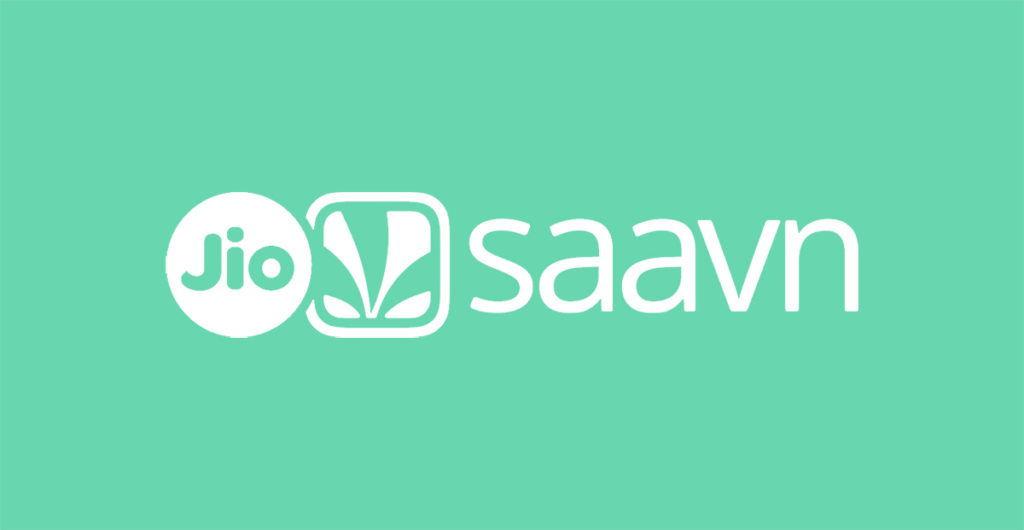
JioSaavn is the world’s largest streaming service for Bollywood, and more regionally based music.
It doesn’t just do that, however, including an impressive amount of primarily English language music that is available on all the other streaming platforms.
JioSaavn has the largest selection of languages available to its users at 15 different languages.
This is impressive as huge markets for streaming services like India are opening more and more.
Spotify has barely made a dent there. If you are looking for music that may not be available on the other platforms, Jiosaavn likely has it.
Carving out its own niche, it still sticks to the conventional 10$ a month subscription cost.
Functionally it works the same as most of the other platforms we have discussed today the major difference being the inclusion of additional languages, and music that might not be easy to find in an English-language-dominated platform.
They have an interesting social media like feature where you can compare the music tastes of your friends, and share music directly through the platform.
That is an interesting idea and introduces a whole new layer to music streaming.
Jiosaavn is also linked with the Shazam database, so there are additional music engagement features.
#8. Gaana
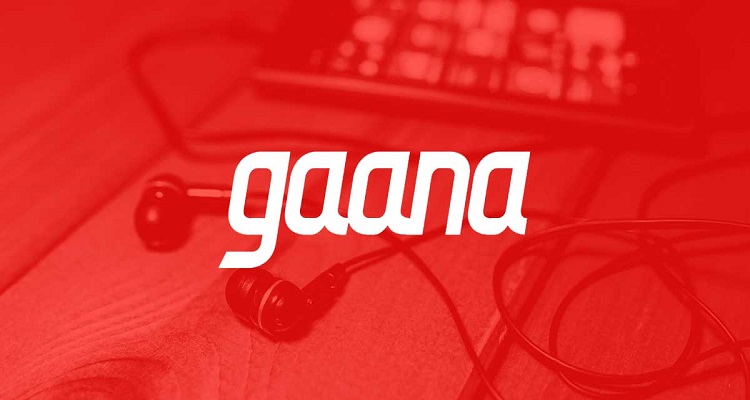
Gaana is by far the biggest music distributor in India. With over 123 million monthly users.
Like Jiosaavn it provides a large catalog of regional music, as well as international music. This focus is important because if that is the kind of music you like to listen to, subscribing to a Spotify or Youtube Premium isn’t really going to help you all that much.
It’s better to find the bigger distributor. Gaana does in some aspects fall behind in the design aspects, with a couple of reports of poor functionality of the platform. It has gotten better in the last couple of years.
By far Gaana is the cheapest option out of all of those we have discussed.
Subscribing for one year can even net you the biggest chunk of savings. In USD it only costs around 34$ a year which is a huge discount compared to the 120$ of most of the other platforms.
They have a free version with the standard set of expected features like we have discussed Nothing really new here to cover.
In the end, it comes down to the availability of music you want to listen to. If you want music that isn’t available on the other platforms Gaana probably has it.
The Winner:
Looking at all eight of these platforms we have come across a lot of similarities.
Most of these platforms offer a standard set of features for their free users, a different set for their premium tier, and sometimes a family plan.
So the choice has to come down to the additional bonuses, and the things that make different platforms more unique. You don’t just want to lose out on potential features that may be really useful to you.
Looking at all the various packages we can see a bit of a clear winner.
Youtube Premium seems to be the best bang for your buck. Not only does it provide lots of integrations because it’s a Youtube Product, but it also improves on something that you likely already use.
Paying for a music subscription, and upgrading your youtube viewing experience is a great thing.
Another factor to consider that we didn’t is personal taste. The music that you want to listen to and the interface you prefer is something that is up to you.
So if you have seen something on the list that you like then you should totally do it. We just think that Youtube Premium gives you the biggest set of bonuses.

Yes Gaana is the cheapest option out of all !
Thanks for the comment Zack.
If there’s one thing missing from digital music services like Apple Music, it’s the ability to quickly learn more about a song or album without leaving the Music app. With physical media, these sorts of details were relatively easy to find via liner notes and cover booklets, but the information has never been integrated well into the Apple Music service